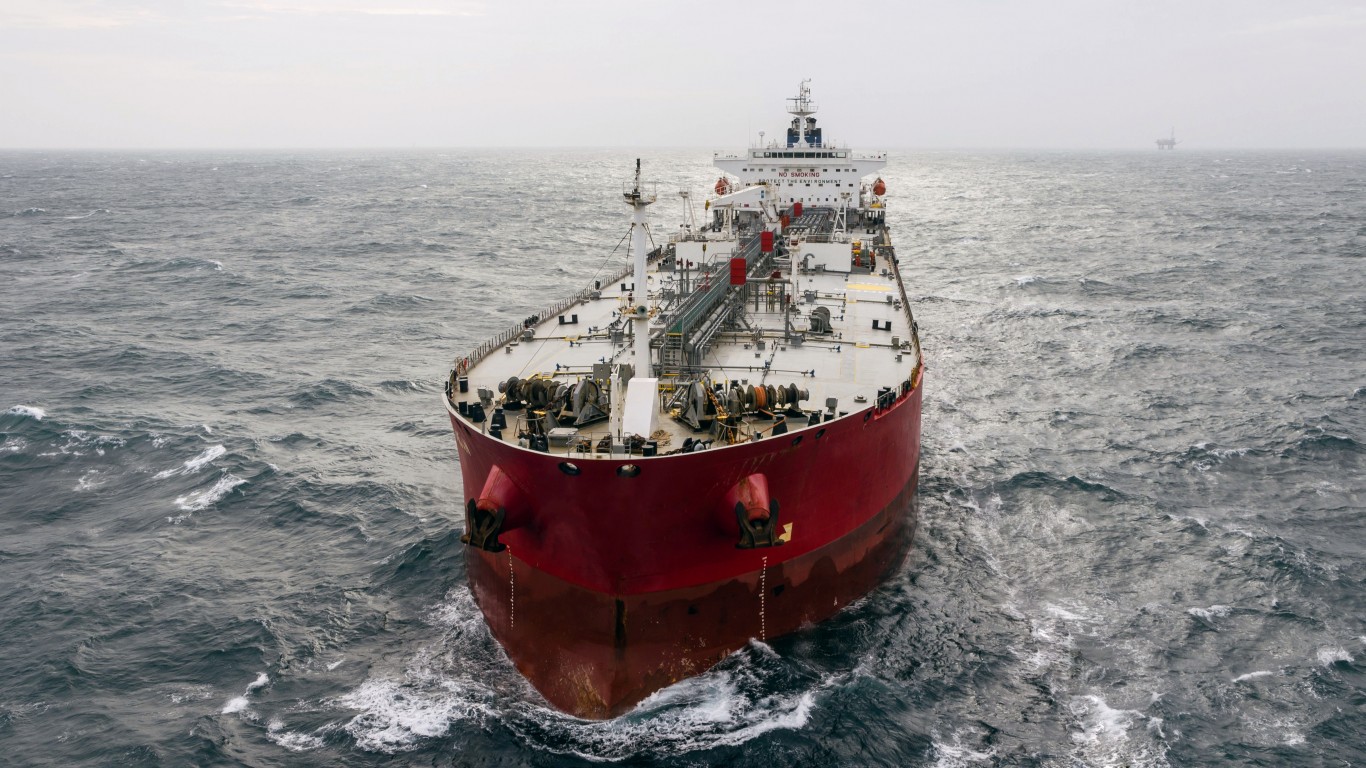
Following a plunge into negative numbers on April 20, West Texas Intermediate (WTI) crude oil rose to more than $20 a barrel earlier this week and has traded around the $24 level for the rest of the week. Since mid-March, WTI has traded right around $25 a barrel, except for that nasty plunge in April.
The remaining question is whether the price can go higher. While the Saudis and the Russians claim that they can live with oil at $10 a barrel, they would really rather not. Ideally, from their point of view, the correct price is one that’s too low for U.S. shale producers to make a profit but still high enough that the Saudi princes and Russian oligarchs can live in the style to which they have become accustomed.
Analysts at IHS Markit expect global crude oil production to fall by 14 million barrels a day in the second quarter of this year. Total liquids production (condensates, natural gas liquids) is forecast to decline by 17 million barrels a day for the April through June period.
That will help bring the supply-demand ratio back into balance, but demand will continue to lag. The analysts expect demand to decline by 22 million barrels a day in the second quarter.
Jim Burkhard, vice president and head of oil markets, at IHS Markit commented:
The Great Shut-In, a rapid and brutal adjustment of global oil supply to a lower level of demand is underway. All producing countries are subject to the same brutal market forces. Some will be impacted more than others. But there is nowhere to hide.
According to IHS Markit, exactly which countries will make the steepest cuts and how they will do so remains unknown. The short answer, commented Paul Markwell, vice president, global upstream oil and gas at IHS Markit, is, “Nearly everywhere.”
North American, OPEC and Russian producers are very likely to take the biggest hits, but how the size of those hits will be determined by three factors: technical/logistical complexity, financial considerations, and regulatory and contractual conditions.
Technical/logistical factors include operationally complex actions like shutting in and restarting a well. Oil wells are not faucets, and it can take weeks to shut-in or restart a producing well. A major logistical factor is where to store the oil.
Hugo de Stoop, CEO of tanker company Euronav, said on that company’s conference call this week that several weeks ago, oil traders were chartering tankers, storing the oil (usually for six months) and hedging themselves against falling crude prices. Those deals have been replaced by industry participants who actually get their hands dirty with real barrels. Storage deals for very large crude carriers (VLCCs) that can hold 2 million barrels of crude are popular, but deals are increasing for 1 million-barrel Suezmax-size tankers as well.
In other words, the shortage of places to store crude is not fixed, and floating storage for refined products is in such demand that Lois Zabrocky, CEO of tanker firm International Seaways, predicts that newly built VLCCs and Suezmaxes initially will be used to store refined products before switching to crude.
According to a report in FreightWaves, Euronav estimates that some 14 million barrels per day of crude will go into storage in May and another 2 million per day will go into storage in June.
That suggests overproduction of around 28 million barrels a day: 14 million barrels per day in IHS Markit’s production cut forecasts combined with the 14 million barrels a day Euronav believes is going into storage. Soaking up that much stored crude also will take time.
In the meantime, VLCCs and Suezmaxes are commanding handsome day rates. Euronav’s spot-trading VLCCs earned $72,750 per day in the first quarter, and its spot Suezmaxes hauled in $59,240 per day. For the current quarter so far, VLCCs are earning $95,000 per day and Suezmaxes $65,000 per day.
It’s Your Money, Your Future—Own It (sponsor)
Retirement can be daunting, but it doesn’t need to be.
Imagine having an expert in your corner to help you with your financial goals. Someone to help you determine if you’re ahead, behind, or right on track. With SmartAsset, that’s not just a dream—it’s reality. This free tool connects you with pre-screened financial advisors who work in your best interests. It’s quick, it’s easy, so take the leap today and start planning smarter!
Don’t waste another minute; get started right here and help your retirement dreams become a retirement reality.
Thank you for reading! Have some feedback for us?
Contact the 24/7 Wall St. editorial team.




